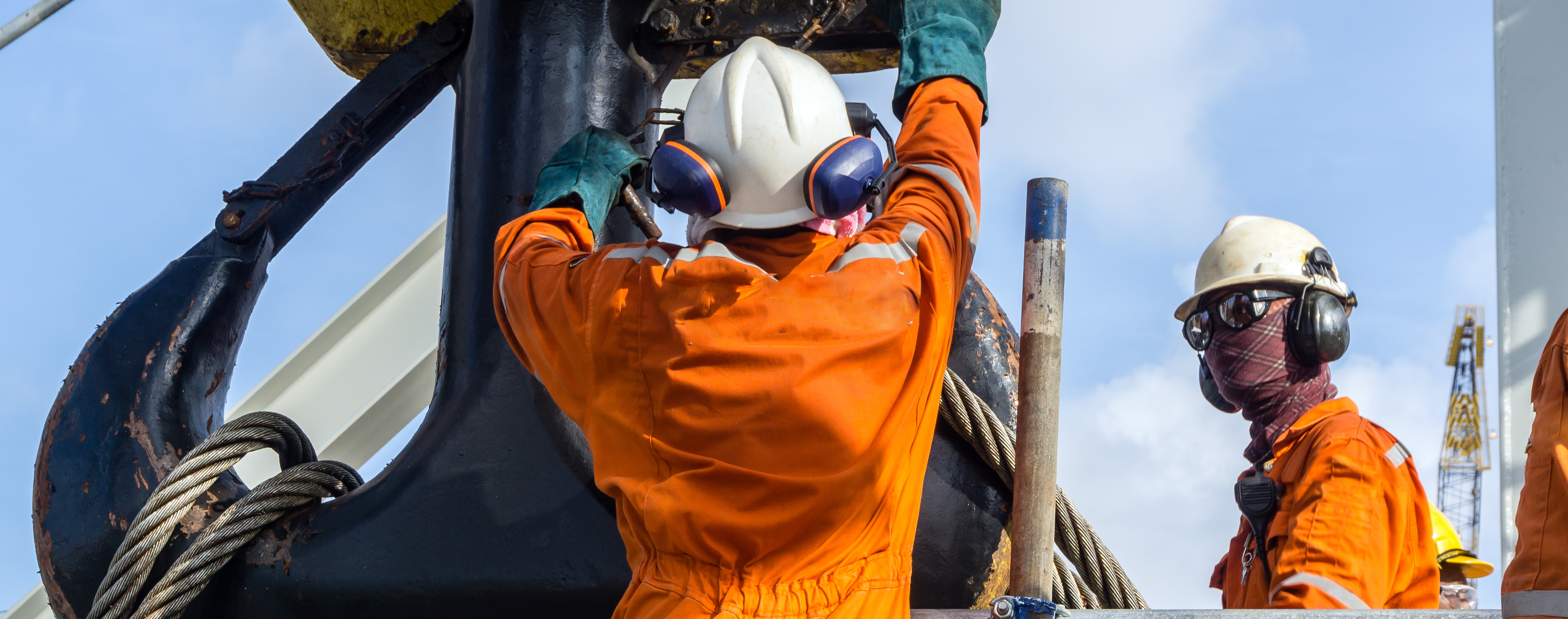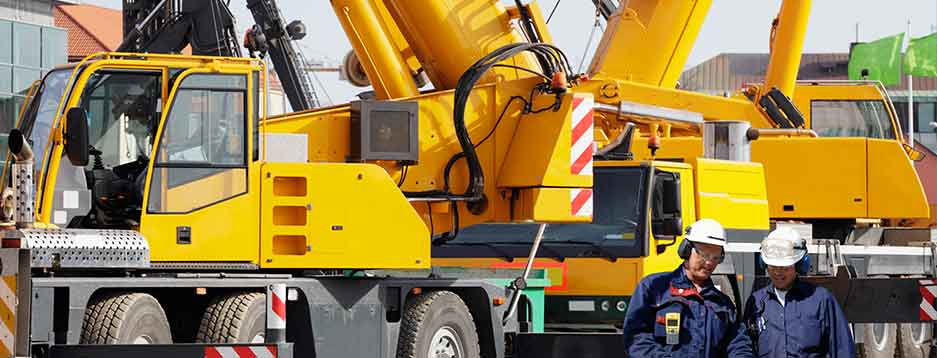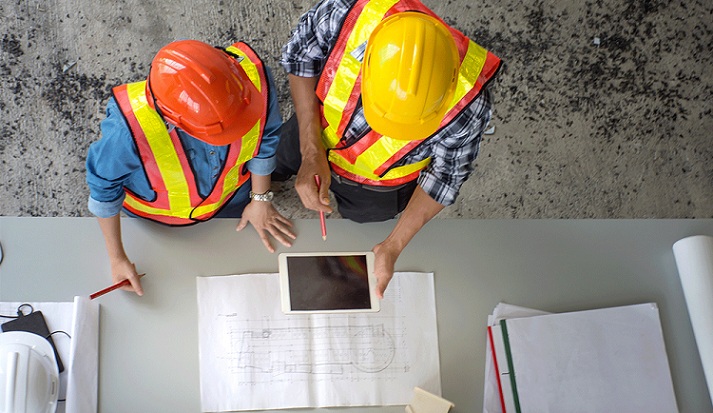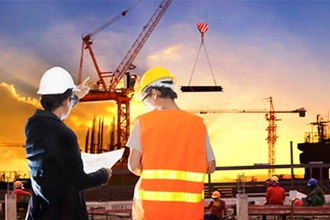.jpg)
.jpg)
This course aim is to increase the knowledge of the candidates to the requirements of these regulations and help them develop an action plan to enable those requirements to be met. It will enable the candidates to understand the LOLER Regulations, their duties and to be able to carry out assessments methodically. It, also, aims to increase the knowledge of the candidates to the requirements of these regulations and help them develop an action plan to enable those requirements to be met. It provides the candidates with an awareness of the Lifting Operations and Lifting Equipment Regulations (LOLER) and gives an overview of industry best practice in relation to working with lifting equipment
By the end of this training course, participants should be able to:
The course employs an interactive and practical approach, combining:
Module One: Understanding LOLER Regulations
Module Two: Risk Assessment and Planning
Module Three: Inspection and Maintenance
Module Four: Managing Lifting Operations
BTS attendance certificate will be issued to all attendees completing minimum of 75% of the total course duration.
| Code | Date | Venue | Fees | Register |
|---|---|---|---|---|
| HSE177-01 | 06-04-2026 | Istanbul | USD 5950 | |
| HSE177-02 | 14-06-2026 | Dubai | USD 5450 | |
| HSE177-03 | 20-09-2026 | Jeddah | USD 5450 | |
| HSE177-04 | 06-12-2026 | Dubai | USD 5450 |

The LOLER Assessor Training provides comprehensive knowledge and skills required to assess lifting operations and equipment in compliance with the Lifting Operations and Lifting Equipment Regulations ...

Heavy equipment plays a pivotal role in industries such as construction, mining, and logistics, contributing to more than 20% of total project costs globally in these sectors. According to industry re ...

The Safety in Process Equipment Design & Operation course focuses on the critical importance of process safety in the design, operation, and maintenance of pressure equipment in the Oil & Gas, Chemica ...

Unsafe scaffolding, rigging, and lifting practices are among the leading causes of workplace accidents globally. According to the International Labor Organization (ILO), more than 30% of all fatal con ...
Providing services with a high quality that are satisfying the requirements
Appling the specifications and legalizations to ensure the quality of service.
Best utilization of resources for continually improving the business activities.
BTS keen to selects highly technical instructors based on professional field experience
Since BTS was established, it considered a training partner for world class oil & gas institution
1st floor, Incubator Buildingو Masdar City, Abu Dhabi, UAE
Sun to Fri 09:00 AM to 06:00 PM
Contact Us anytime!
Request Info